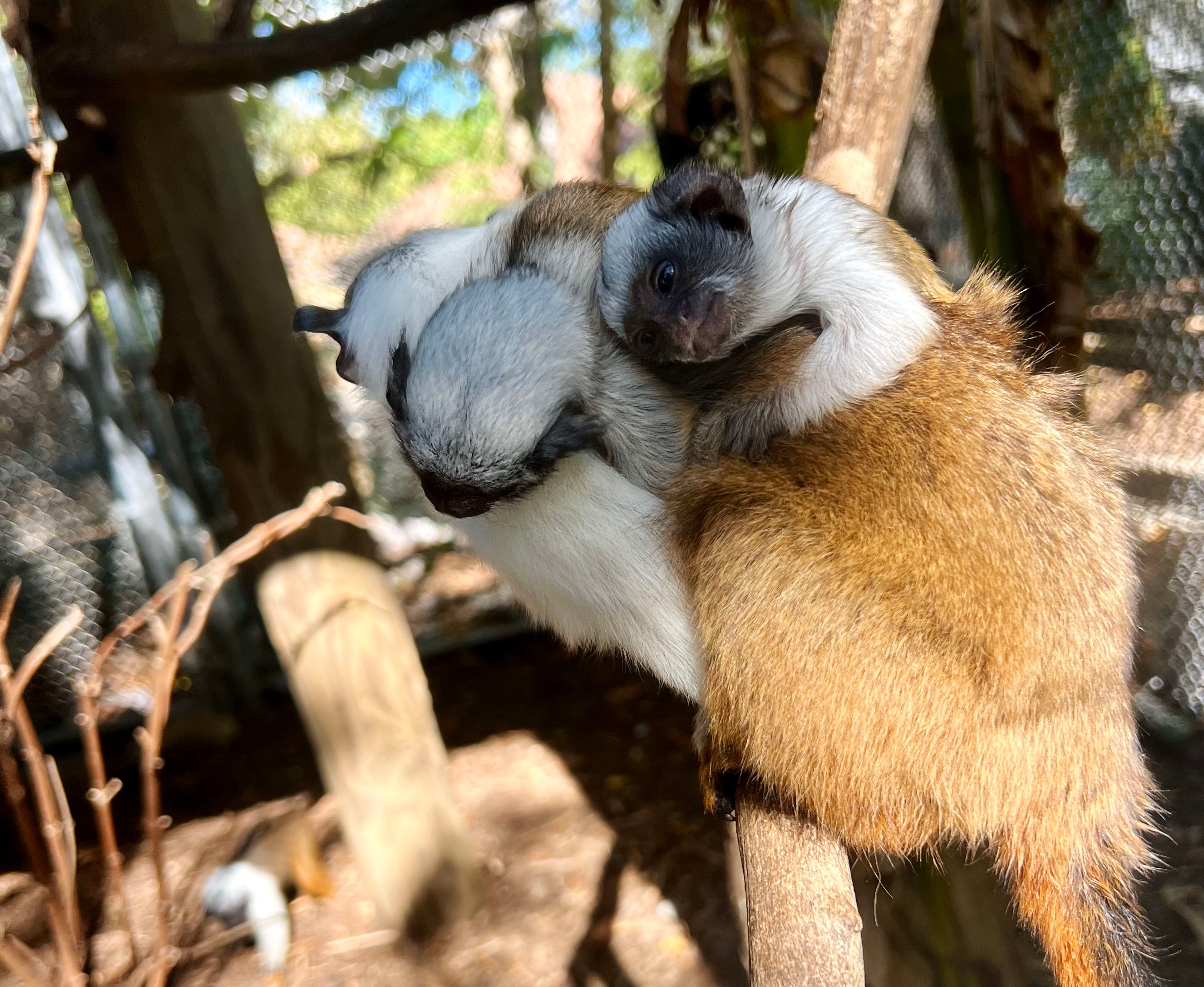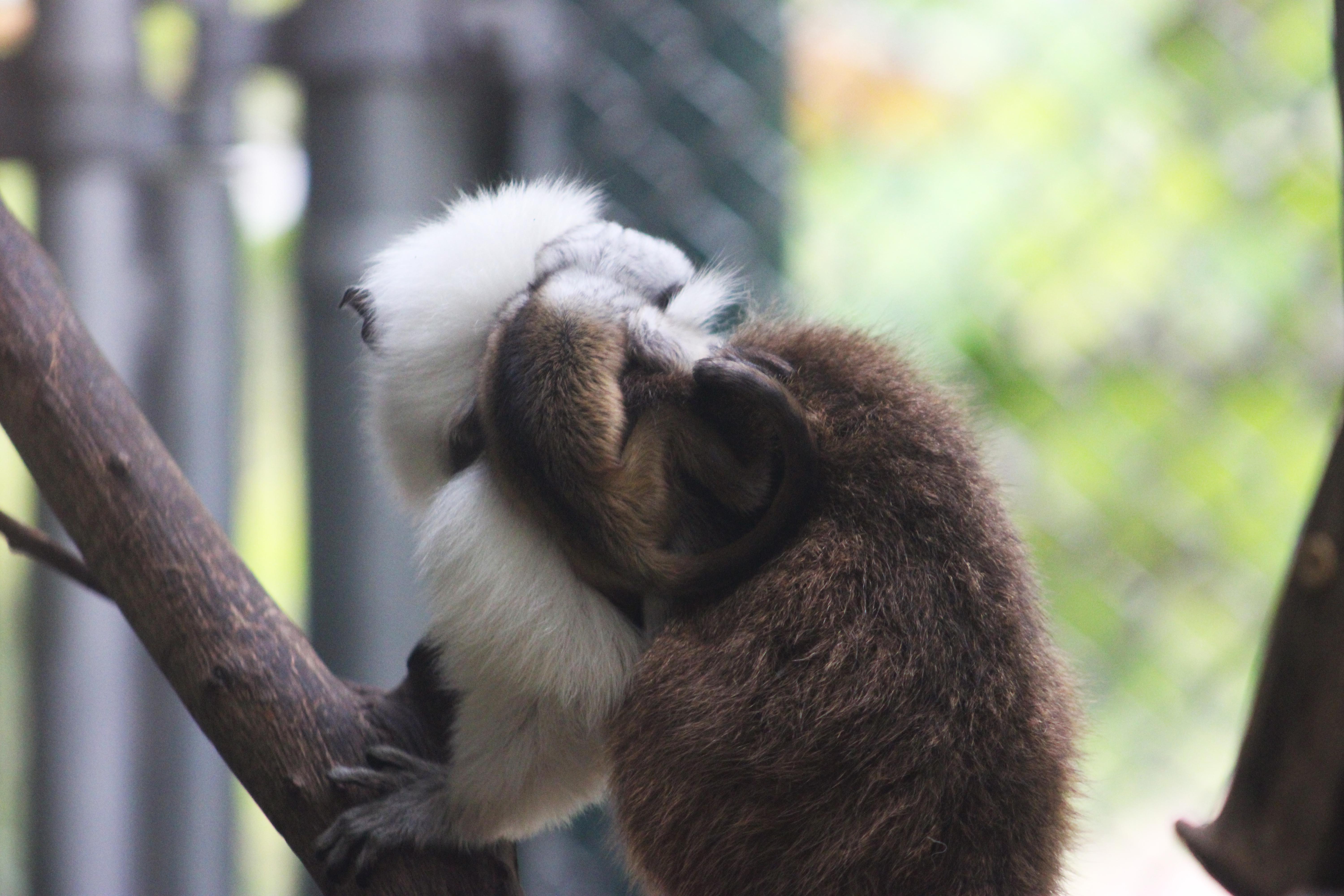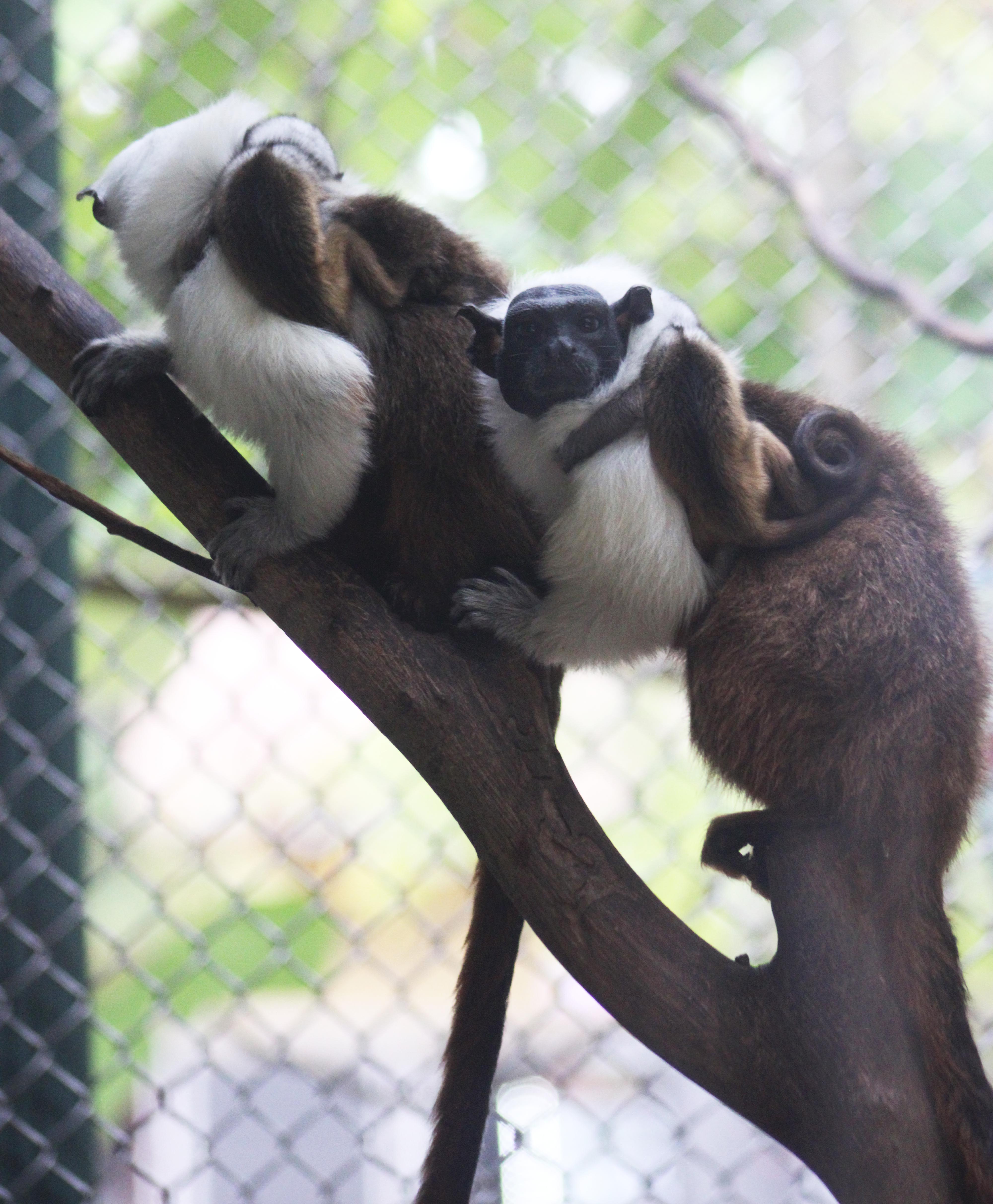Critically endangered twin monkeys are born at the Chattanooga Zoo
Threatened by deforestation and the exotic pet trade, pied tamarin monkeys could become extinct in just decades
Your support helps us to tell the story
From reproductive rights to climate change to Big Tech, The Independent is on the ground when the story is developing. Whether it's investigating the financials of Elon Musk's pro-Trump PAC or producing our latest documentary, 'The A Word', which shines a light on the American women fighting for reproductive rights, we know how important it is to parse out the facts from the messaging.
At such a critical moment in US history, we need reporters on the ground. Your donation allows us to keep sending journalists to speak to both sides of the story.
The Independent is trusted by Americans across the entire political spectrum. And unlike many other quality news outlets, we choose not to lock Americans out of our reporting and analysis with paywalls. We believe quality journalism should be available to everyone, paid for by those who can afford it.
Your support makes all the difference.A pair of critically endangered pied tamarin monkeys were recently born at a zoo in southern Tennessee.
The Chattanooga Zoo said the mother, Daphne, had given birth to the healthy twins early on September 19. With compact, dark faces, distinctive ears, adorably tiny tails, and white and brown fur, the babies each weighed around a pound and will grow to be roughly a foot long.
“We’ve received a lot of positive feedback from people seeing the babies. Obviously, they’re adorable. They ride around on their parents’ backs and their siblings’ backs, which is really fun to watch,” Jake Cash, the zoo’s director of marketing and communications, told The Independent Wednesday. “You care more about something you can see and something that you can understand,” he noted.

Pied tamarins are part of the Callitrichidae primate family, which includes marmosets and many of the world’s smallest primates.
The zoo is one of just six US institutions that house the species. The facility first received pied tamarins in 2009, with the arrival of male Sammy and female Diddler. However, it was only in 2016 that Sammy was able to reproduce. Another pied tamarin, Zafra, gave birth to Dudley. Dudley and Daphne later birthed Crash and Eddy. These new babies are also Daphne and Dudley’s offspring.
The zoo hopes that Carly and Belen, another breeding pair, will produce more babies in the coming months.
The new babies are not yet named, and the zoo is asking for help from the public. The pair could be named for characters from the TV show Avatar the Last Airbender, The Lord of the Rings books or for cherry and apple pie. The names will be announced in mid-November.

Later in the year, when the babies are about three months old, the zoo’s veterinary staff will perform routine health checks and determine the animals’ genders. They’ll receive tetanus and other vaccine shots.
“If there was a problem, we’d examine them sooner. But, mom is very protective. This is a female-dominant species and she is a rattlesnake,” zoo veterinarian Dr. Tony Ashley said. “She’s very, very protective of her babies.”
During the winter months, they’ll be kept in an indoor enclosure, and will continue to start exploring their environment more.
“I’ve caught them playing with each other and playing in a blanket and everything. So, they definitely are starting to explore and do more things,” Ashley said.
Pied tamarins, on average, live for a decade or sometimes into their late teens in human care. They are very expressive creatures, using a variety of vocalizations and gestures.

In the wild, they are only found in a small area of the Brazilian Rainforest around the city of Manaus. They play an important role in their ecosystem by eating pests and spreading seeds, but have one of the smallest ranges of any primate species.
Pied tamarins are threatened by rapid deforestation, urban expansion, and the exotic pet trade.
While they are “awful pets,” Ashely said they are much more common than they were 15 years ago.
“All the groups of marmosets and tamarins have become very popular primate pets. When I was in private practice 20 years ago, if you saw a primate they were a rhesus monkey or something from Friends,” he said. “But, in the last five to 10 years, they’re almost exclusively small monkeys.”
Pied tamarins are also susceptible to human herpes simplex virus, which can be fatal, and the zoo takes extra precautions to protect them from infection.
It is unknown how many pied tamarins remain in the wild. They are listed as “critically endangered” on the IUCN Red List of Threatened Species. The monkeys could go extinct in a matter of decades and pied tamarins are expected to decline by 80 percent or more in the next eight years.

Join our commenting forum
Join thought-provoking conversations, follow other Independent readers and see their replies
Comments